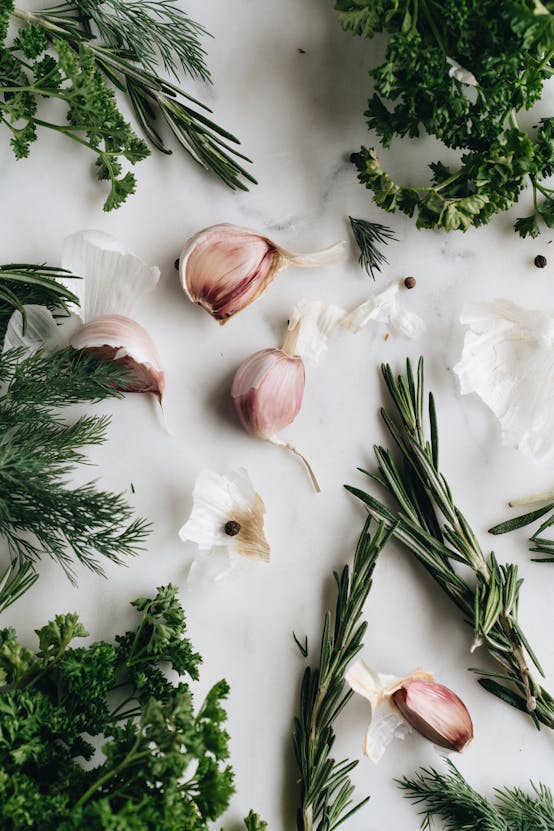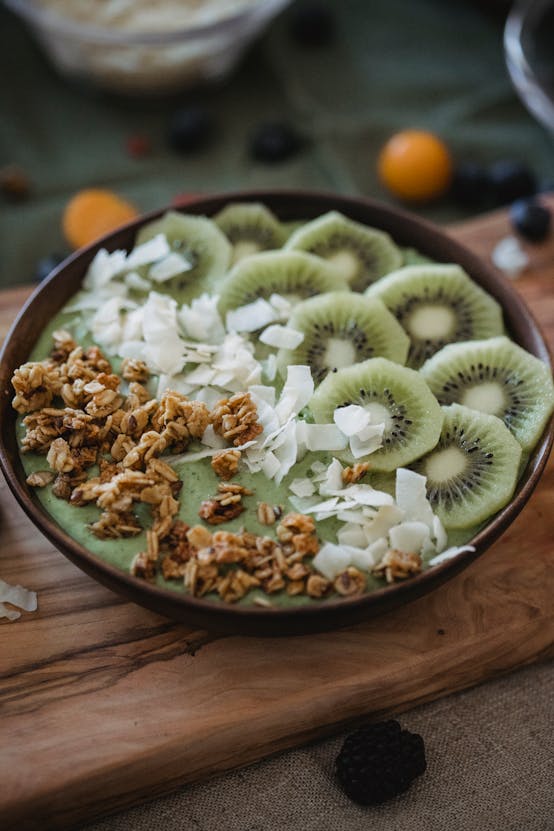Benefits of Indoor Plants in Restaurants
Introducing indoor plants into restaurants can significantly transform the dining experience. The presence of greenery not only enhances the restaurant ambiance but also has notable psychological effects on both patrons and staff.
Firstly, greenery is known to elevate mood and boost comfort levels. An environment dotted with plants can reduce stress and create a welcoming atmosphere, encouraging patrons to linger longer. Extended stay times often correlate with increased spending, benefiting the restaurant’s bottom line.
Topic to read : Discover Unconventional Ice Cream Flavors: Essential Ingredients to Elevate Your Dessert Bar
Moreover, indoor plants contribute positively to air quality by filtering pollutants and releasing oxygen. This improvement in air quality can lead to better health outcomes for both customers and staff, reducing absenteeism due to health-related issues. Thus, adding plants is not just an aesthetic choice, but a health-conscious one too.
Finally, the psychological effects of plants, such as their calming influence and the sense of tranquility they impart, can enrich customer experience, encouraging word-of-mouth referrals and return visits. By integrating plants into the design, restaurants can create an environment that appeals on a sensory level, making dining out a more enjoyable and memorable experience for everyone involved.
Also to read : The Ultimate Guide to High-Volume Bar Efficiency: Designing the Perfect Cocktail Preparation Area
Creative Plant Arrangements for Restaurant Decor
Incorporating plant arrangements into restaurant decor offers a unique avenue to enhance the dining atmosphere. Among the most striking approaches are vertical gardens and wall installations. These features not only maximise space but also serve as stunning visual focal points, drawing the eye and creating a lush backdrop that elevates the overall indoor plant decor.
Centerpieces and table arrangements are another compelling option, providing a closer, intimate interaction with greenery. Adding small, low-maintenance plants to tables can create personal pockets of nature, enriching the diners’ experience. Similarly, creative integration of plants within architectural features—such as plant-adorned arches or greenery-filled alcoves—adds depth and character to the space.
Choosing the right plants and display mechanisms is vital for these arrangements. Consideration should be given to aesthetics, maintenance, and flow, ensuring each installed element complements the restaurant’s style and operational needs. Thoughtfully designed plant arrangements can transform dull corners into captivating vignettes that contribute to a memorable and inviting dining ambiance. These setups not only delight guests visually but also reinforce a commitment to sustainability and wellness.
Best Indoor Plants for Restaurant Environments
Selecting the best indoor plants for restaurant settings involves considering several factors, such as light and care requirements. For low-light areas, consider hardy plants like Snake Plants and ZZ Plants. These low maintenance plants thrive in dim conditions and require minimal watering, making them ideal for busy restaurant environments.
For improved air quality, air-purifying plants such as the Peace Lily and Spider Plant are excellent choices. They effectively remove toxins and contribute to a healthier atmosphere, enhancing the dining experience for both patrons and staff.
Incorporating edible plants provides both aesthetic and functional benefits. Herbs like basil and mint can be grown indoors in attractive planters, serving as fresh ingredients while adding greenery to the decor.
Choosing the right combination of plants can elevate a restaurant’s ambiance and support practical needs. Remember, aesthetic plants should not only complement the interior design but also require care that fits the restaurant’s operating rhythm. Balancing beauty with functionality ensures an inviting and efficient space, enriching the overall customer experience.
Maintenance Tips for Indoor Plants in Restaurants
Effective plant care is crucial for maintaining the beauty and health of indoor plants within restaurants. Tailoring the watering schedules is fundamental and should align with the specific plants used. For instance, low maintenance plants like Snake Plants and ZZ Plants thrive with less frequent watering. In contrast, air-purifying plants may require more consistent hydration to sustain their full benefits.
Monitoring and adjusting light requirements is essential, particularly as seasons change. Various plant species demand different levels of light, and understanding these needs helps ensure optimal growth. Low-light tolerant varieties, while adaptable, should still be positioned strategically to receive indirect sunlight.
Pest management is another critical aspect of maintaining indoor plant health. Opting for resilient varieties helps in reducing pest-related issues. Regular inspection for signs of infestation and proactive care can prevent significant problems.
By employing these maintenance strategies, restaurants can ensure their plants remain vibrant and healthy, ultimately enhancing the overall ambiance and offering a refreshing environment for patrons. A well-maintained plant setup not only contributes to aesthetic appeal but also supports the functionality and sustainability of the restaurant decor.
Case Studies: Successful Integration of Plants in Restaurants
Highlighting successful examples of plant integration in restaurants offers invaluable insights into effective design strategies. A renowned example can be seen at a European bistro that utilised vertical gardens to establish a refreshing ambiance. The plants not only enhanced the aesthetic appeal but also significantly improved air quality, positively impacting both customer experience and staff well-being.
Another notable case comes from a popular café where the incorporation of diverse indoor plant decor became a key element of its restaurant design. The strategic use of table centerpieces and plant-adorned entryways not only increased customer dwell time but also elevated overall satisfaction, as observed through enthusiastic customer feedback.
Crucially, these redesigns led to measurable improvements in restaurant traffic and sales. For instance, one establishment noted a 20% rise in footfall post plant integration, showcasing the tangible benefits of thoughtful plant placements.
These case studies exemplify how integrating plants into restaurant decor can significantly enrich the atmosphere and enhance the dining experience, ultimately resulting in increased profitability and customer loyalty. Restaurants can draw inspiration from these examples to successfully implement their own green transformations.
Visual Inspiration: Indoor Plant Decor Ideas
Discovering visual ideas for incorporating greenery into restaurant settings can spark creativity and innovation. Visual inspiration is vital when considering how to enhance a restaurant’s ambiance with indoor plants. A multitude of inventive setups can be found in successful eateries, offering abundant decor inspiration.
One noteworthy trend is combining foliage with light elements, such as hanging potted plants interspersed with soft lighting, creating a warm and inviting glow that draws attention to the greenery. Similarly, restaurants have explored creating lush green walls, accompanied by vertical planters that maximise space while providing a rich tapestry of texture and colour.
Consider a photo gallery of recent restaurant interiors showcasing such plants. The vivid imagery of different configurations can help restaurateurs envisage how these setups play out in real-life situations. Observing these orientations is particularly helpful for those looking for plant styling tips, aiding in selecting the right greenery.
Emerging trends like integrating tropical plants or succulents into minimalist dining rooms have also gained traction. This juxtaposition offers a striking contrast that underscores modern aesthetic leanings while embracing nature, making dining a refreshing sensory experience.


